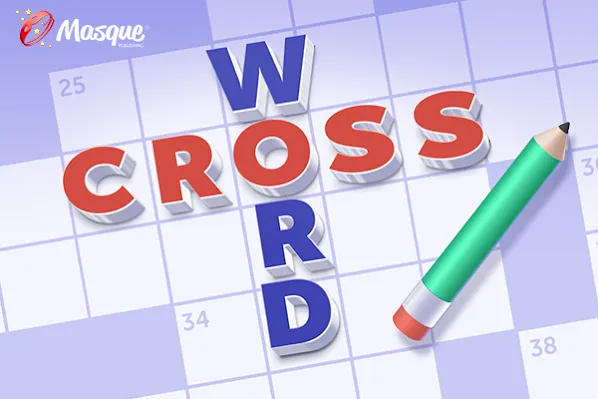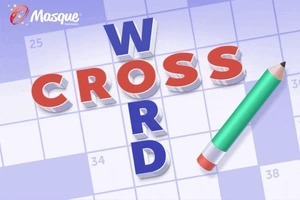How Allison Brant Became Her Father's Heir Apparent


Twelve years ago, when the newsprint magnate Peter M. Brant picked his daughter Allison to manage his fabled contemporary art collection, she never imagined she would find herself waking up in the middle of the night worrying about what would happen if the 20 live canaries escaped from one of the galleries, or if the flowers on the right leg of Jeff Koons's 43-foot-tall Puppy could bloom in limited sunlight, or how the neighbors would react if they discovered that the monumental Paul McCarthy sculpture of Santa Claus installed on the front lawn was clutching not an ice cream cone but rather a giant sex toy.
"I started working for my father years before his foundation opened," Brant recalls. "Back then I was dealing with loan requests from museums all over the world and issues such as conservation and storage.''
It seemed like a big job at the time, but in 2009, when Peter opened the Brant Foundation Art Study Center—a 9,800-square-foot space in Greenwich with sky-lit galleries, a video viewing room, and a library set in a renovated barn built in 1902 next to polo grounds—his daughter, who studied art history at Union College, found herself in charge of an arts destination that now attracts about 10,000 visitors a year.
"Allison has always been interested in the institutional side of the art world," Peter says. "She has studied art history, is passionate about arts education, and is terrific working with the artists. She does all the real work. I just come in at the end."
Twice a year, in May and November, when the art world descends on the foundation to celebrate the opening of an exhibition, it is always Peter who is seen greeting the high-profile roster of guests—everyone from actors such as Leonardo DiCaprio and Chlo? Sevigny to artists including Koons and Richard Prince to collectors like Eli Broad and Michael Chow—while Allison, 36, can be glimpsed keeping an eye on the proceedings from a distance. But while she might shy away from the spotlight, her role at the foundation is very much front and center.
"I don't talk to the media very much," she says on a recent afternoon while walking a visitor through the galleries. A petite brunette, she is self-assured, although obviously more comfortable staying in the background. Recently, however, she has found herself becoming more visible. "I guess it was inevitable. Every year my involvement gets greater as the foundation grows."

And grow it does. In spring 2018 the Brant Foundation will open a Manhattan outpost in a former Con Edison substation that was the artist Walter De Maria's home and studio before his death, four years ago. Allison will also run this second space, which is in the East Village and will primarily be used to showcase the foundation's permanent collection. "So many artists my father collects have a connection to that neighborhood," she says.
Working with the artists as they are conceiving and installing a show is by far the toughest—but also the most fun—part of her job. "I'm everything from a curator to a contractor," she says, laughing. With a staff of only three, she also oversees the publication of the catalogs that accompany each exhibition.
And if a show travels, as many have, to places like Rome, Milan, and Detroit, she travels with it. Allison also organizes a lecture series pegged to the exhibitions, as well as an education program that has attracted thousands of schoolchildren and art students, who come to the foundation to see the collection, study, and often create art projects of their own.
Each show is at least in part drawn from the foundation's collection, which includes thousands of contemporary artworks: in-depth holdings of Koons, Jean-Michel Basquiat, Richard Prince, and Cady Noland. Over the years Allison has helped put together exhibitions devoted to the work of such artists as Julian Schnabel, Urs Fischer, Nate Lowman, and Josh Smith.
Every show comes with its own set of challenges. When the New York artist Dan Colen insisted on placing a pair of 14-foot-tall salvaged trucks nose down on the foundation's perfectly manicured lawn—purposely messing up the bucolic setting—the installation involved building a concrete foundation and then bringing in a crew of riggers. "The whole thing was pretty wild," Colen recalls. "A lot of people would have lost it, but Allison was amazingly calm and right there with us. We became a very close team."
Teamwork is part of Brant's DNA, literally. She is a triplet and one of nine siblings (her mother Sandra Brant, Peter's first wife, has five children, and his second wife, Stephanie Seymour, has four). All the triplets work for their father. "My brother Chris is a collector and president and COO of White Birch, the paper company, and my sister Kelly runs Interview magazine," she says.

Two half-brothers, Peter Jr. and Harry, get the majority of the family's unflattering press thanks to antics that have included drug busts and scuffles with the police.
If Allison has a wild side, she sure doesn't show it. Instead she describes growing up surrounded by art and artists. "Art was always a big part of our lives." The difference between Allison and her father, she says, is that when he discovers an artist he wants to collect, his decision is driven by instinct, while she tends to take a more intellectual approach.
Over time the collection has not only grown but changed. Peter has a reputation for being a savvy buyer and seller at auction, sometimes to the dismay of his daughter. "I can grow quite attached to an artwork and don't want to see it go," she admits. In November, for instance, before Peter sold the painter John Currin's Nice 'n Easy, a canvas depicting two Botticelli-esque nudes, at Christie's, she tried to discourage him from auctioning it. "I sell something to buy something else, generally by an artist whose work we will be showing," he says, adding that he bought a Christopher Wool painting in the same sale.
While father and daughter work hand in glove on most of the foundation's major decisions, one area that is solely hers is its online presence. "We've just revamped our website, and six months ago I began focusing on our Instagram account," she says. "Since I took it over our followers have more than doubled."
Posting images of what's on view and of happenings in the galleries, she finds, is an effective way of connecting with the foundation's audience. "Instagram is a form of social media that gives an enormous amount of information in a way that's easy to digest," she says. "It lets people know that we're open every day, and even though we say we're by appointment we never turn anyone away. It also lets everyone see how much we're growing."
This story originally appeared in the April 2017 issue of Town & Country.
You Might Also Like
Solve the daily Crossword

